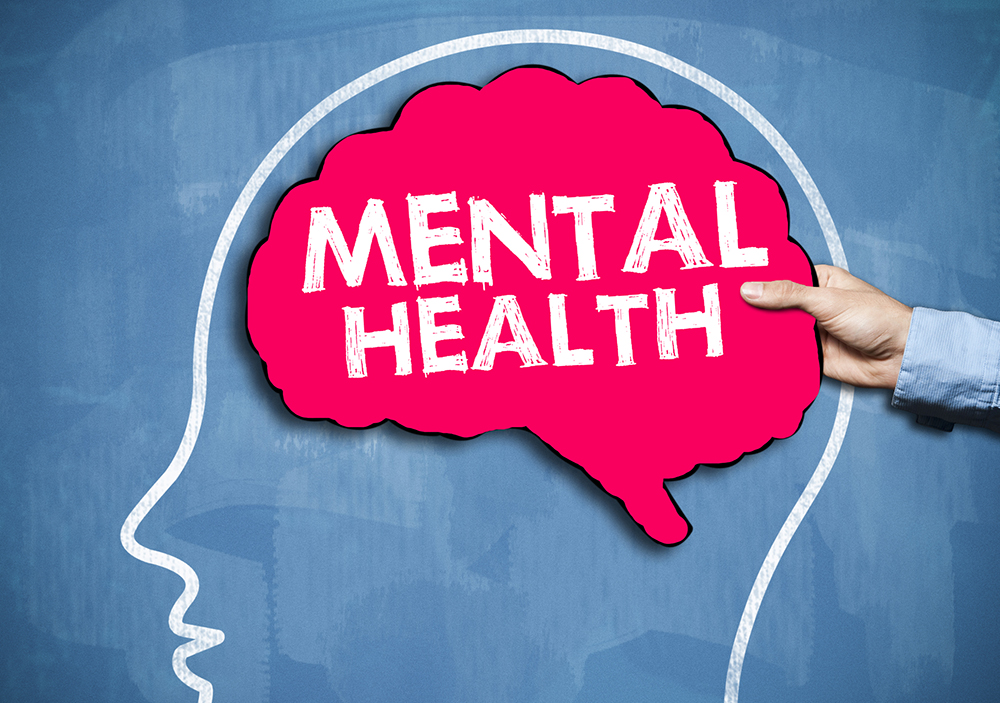COVID-19 And The Mental Health Of The People Of The USA

Health insurance companies in the USand other health-related institutions have had their hands full since the coronavirus pandemic globally. This pandemic has affected the economy and activities of almost every country in the world. However, apart from its devastating effects on these nations’ economies, it has severely affected the mental health of these countries’ inhabitants. For instance, in the United States, studies show that the rate at which people experience emotional distress has increased since the virus hit the nation.
People were forced to stay in their homes, avoid contact with family and friends, and could not shop for their needs and wants as they would have loved to do. Online stores became the day’s order, but the fear of scams caused more distrust than progress. While it is an excellent innovation, it is essential to read the reviews of online stores before making purchases. Even though the lockdown has been lifted, we are still obliged to behave and act in specific ways to secure our fellows’ protection from the virus.
In the US, so many people lost their jobs to the virus. Others saw a reduction in their income, thereby increasing the mental duress under which some are already placed. Using the factors like age, race, gender, residential areas, a study by the World Economic Forum has found that many Americans were severely affected, mentally, by the incursion of the virus. The degree of effect of this Pandemic on US residents and citizens differ depending on various parameters such as:
1. Age
The study showed that people in the 18-34 year age bracket experienced the most distress, almost double the misery of those over 50 years of age.
2. Race
People of color, Blacks and Hispanics/Latinos, showed the most mental distress, while whites had the lowest distress scores.
3. Residential areas
From the study, one can deduce that people living in rural areas showed less distress than those living in the cities.
4. Gender
Women and men experience similar levels of distress and anxiety to the coronavirus pandemic.
From the study results, it is easy to see that the virus affected many people, especially the youths and adults in the working class. It affected their jobs, their business areas, among many other things. It is estimated that people who are mentally affected by the virus are 40 times more likely to have clinically significant anxiety levels and 20 times more likely to experience depression.
The results of the pandemic on the mental health of individuals in the US are;
1. An increased number of attempted suicide
In June last year, the Center for Disease Control and Prevention released a report that showed that about 1 in 4 persons aged between 18-24 considered committing suicide. Also, crisis hotlines saw a lot of calls about suicide during this period. The frustration of losing their means of survival likely caused many persons to consider suicide or even attempt it.
2. Increased drug and alcohol abuse
Instead of suicide, some persons turned to alcohol and drugs for comfort. It is estimated that over 75 000 people will die from alcohol and drug abuse than from the virus itself. Studies show that people lived in a state of uncertainty during this period, magnifying other stress factors’ psychological impact.
3. Depression and anxiety
This is the most relatable effect of the virus in the lives of many Americans. Since there was no connection among people, people fell into depression and anxiety, worrying about their means of survival and their friends’ and families’ well-being.
Providing more mental health care-givers, ensuring that laws concerning substance abuse are enforced, bolstering telehealth infrastructures, et cetera, are some ways to ensure that people receive the best mental medical health care during this period.
